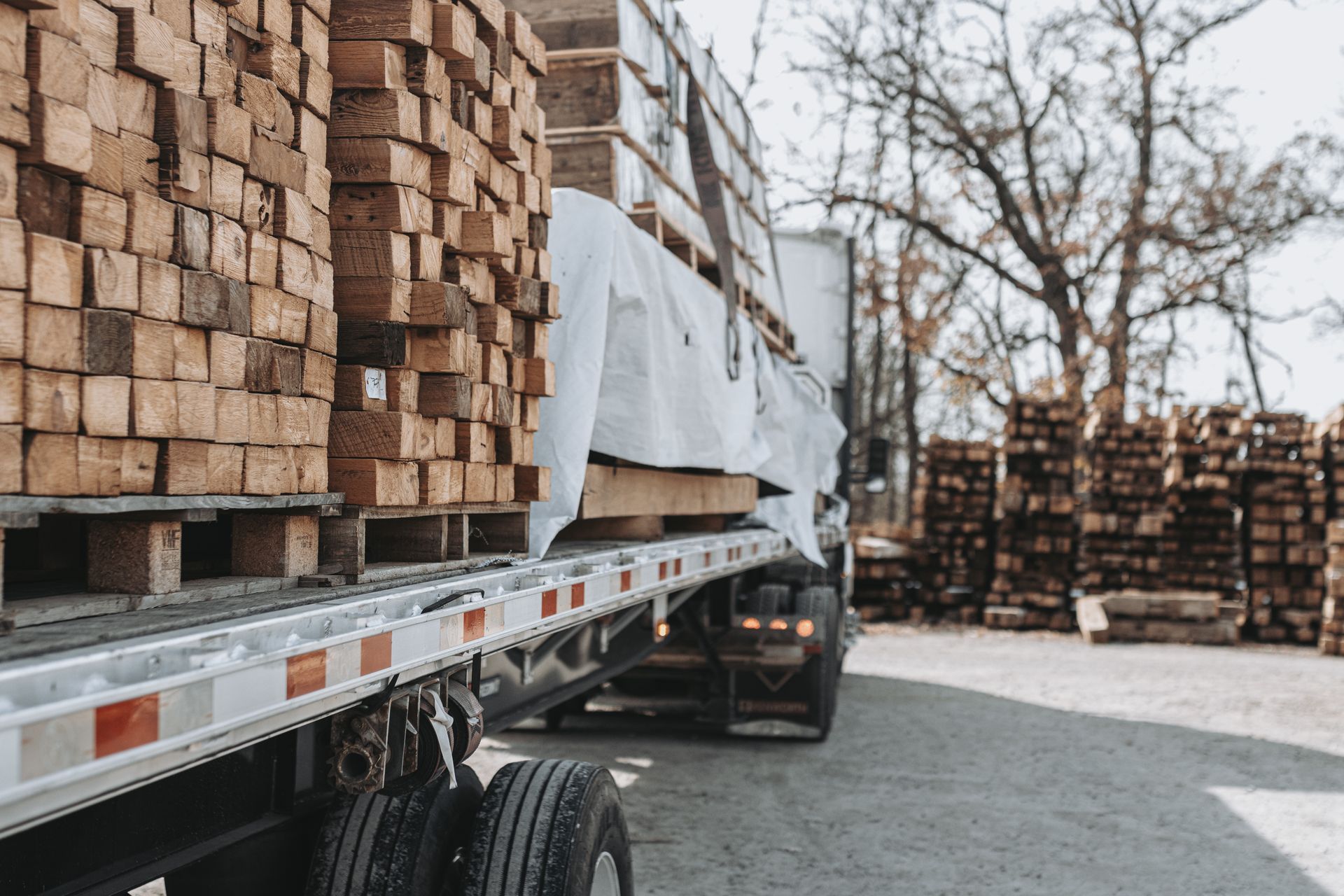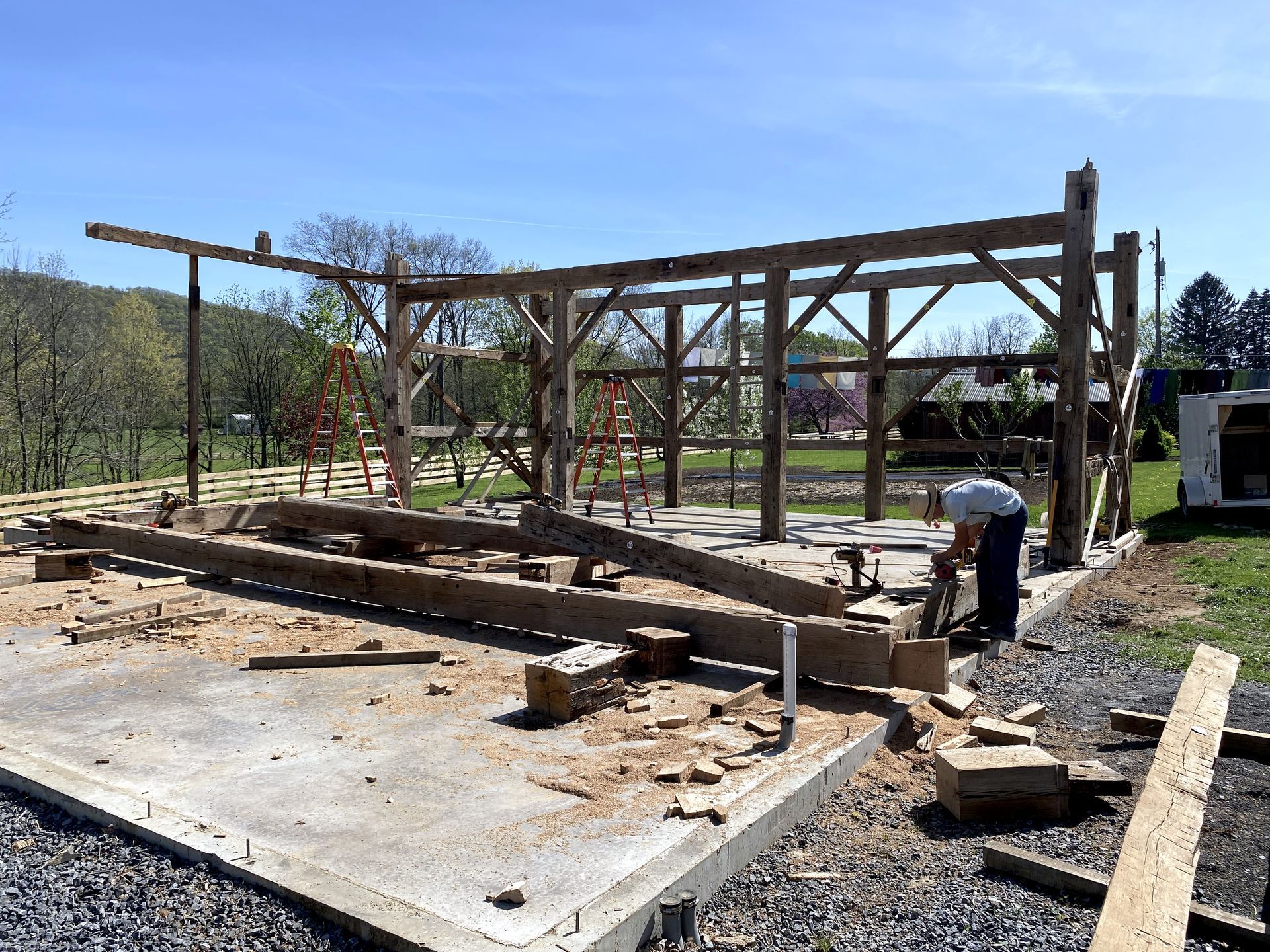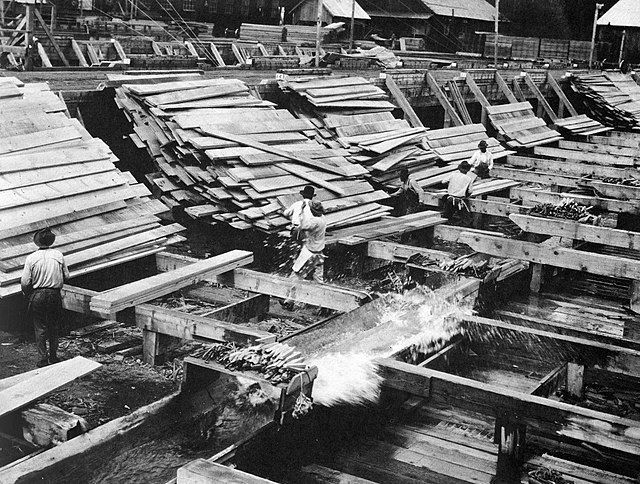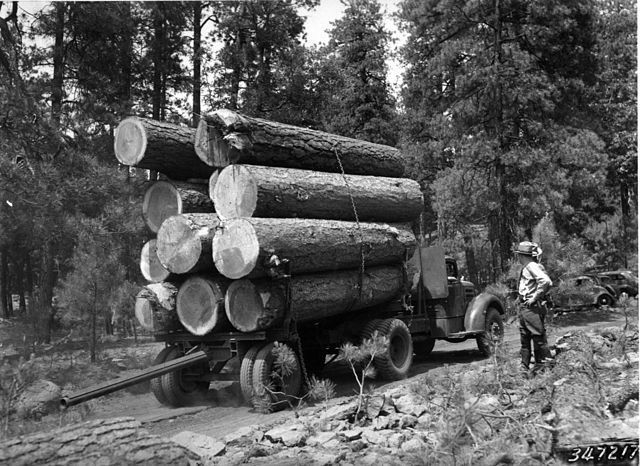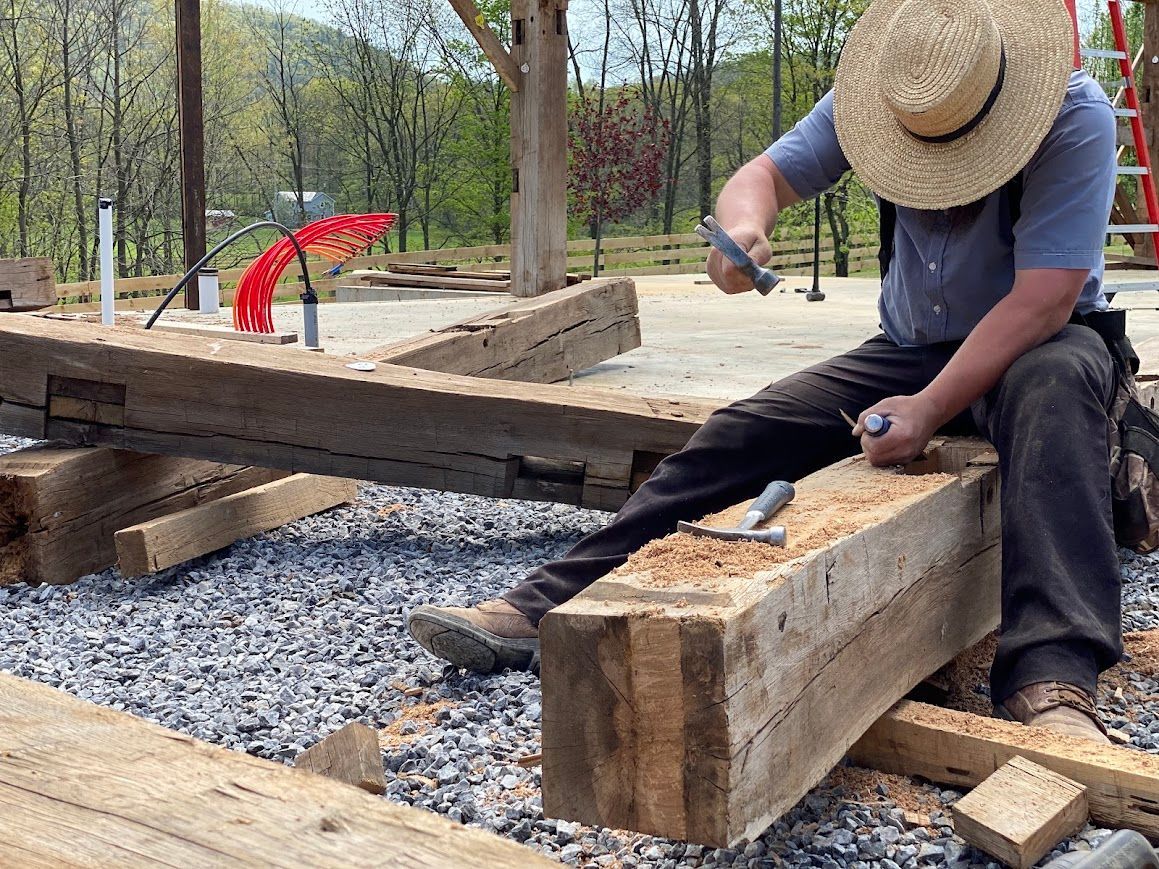Wood Recycling Secrets Big Companies Don’t Want You to Know
A Guide to Sustainable Building Materials
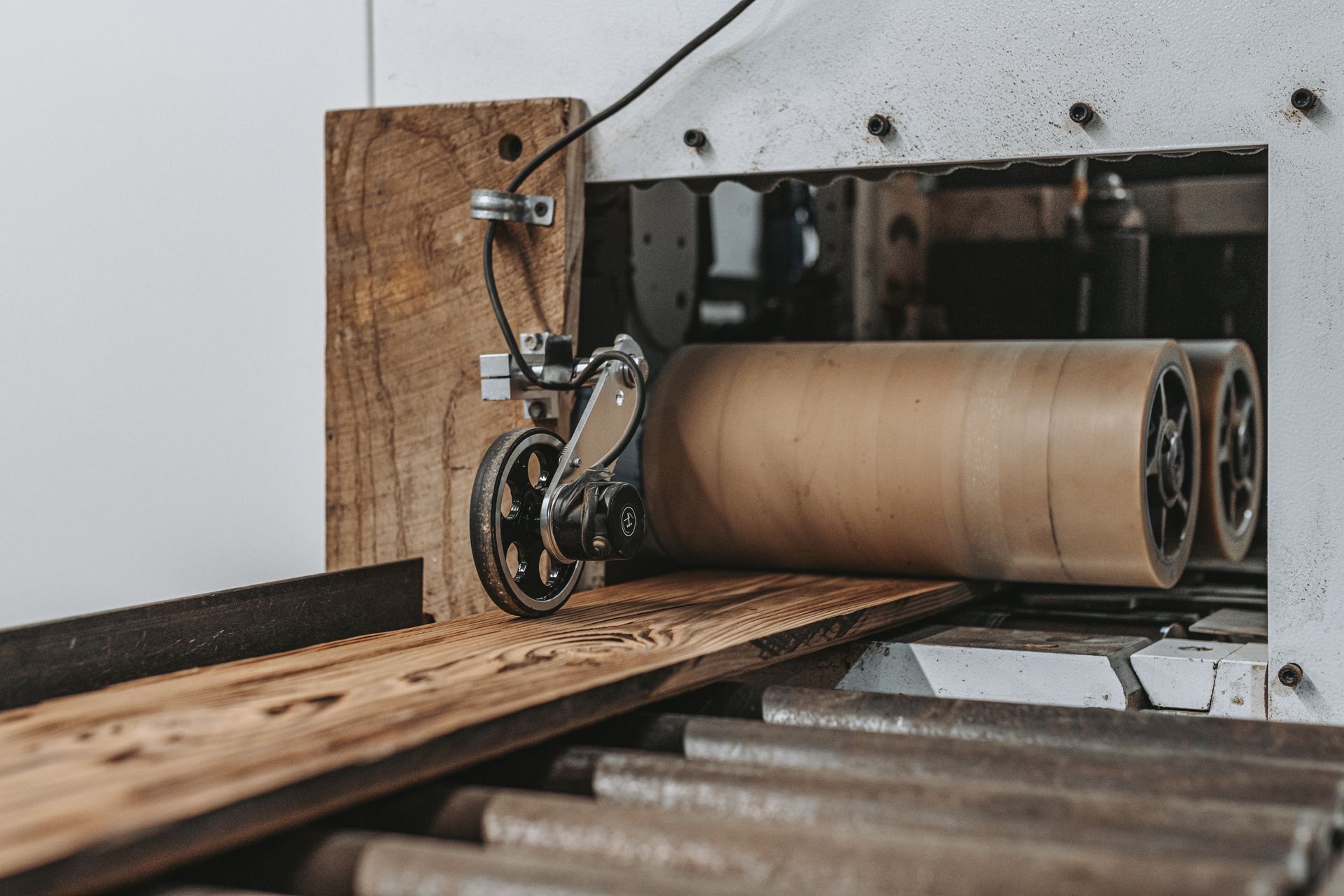
Have you ever wondered about the story behind the wood used in buildings and furniture? Many people assume new wood is always the best choice. However, there is a powerful alternative that benefits both you and the planet: reclaimed wood. At Bay & Bent, we've dedicated ourselves to uncovering the true value of this incredible resource, and we want to share what we've learned.
Using reclaimed wood is more than just a trend; it's a smarter way to build. It offers superior quality, unmatched character, and significant environmental advantages. This guide will walk you through the real story of wood recycling and why it's a better choice for your projects and our world.
Why Choose Reclaimed Wood Over New Timber?
Reclaimed wood is lumber that comes from old structures like barns, factories, and warehouses. Instead of being thrown away, this wood is carefully recovered and prepared for a new life. The benefits of this process are enormous, touching everything from environmental health to the final quality of your project.
Reducing Your Carbon Footprint
One of the biggest advantages of using reclaimed wood is its positive impact on the environment. The journey of new wood often starts in a distant forest. Harvesting, processing, and transporting it consumes a large amount of energy and releases carbon dioxide into the atmosphere.
In contrast, reclaimed wood is usually sourced more locally. This significantly cuts down on transportation emissions. Even more impressive, for every ton of wood that is recycled, we prevent nearly two tons of carbon dioxide from entering the atmosphere. That's a huge saving that directly fights climate change.
Keeping Them Out of Landfills
When old buildings are torn down, a lot of wood ends up in landfills. Many think it just breaks down harmlessly, but that's not true. Wood trapped in a landfill without oxygen releases methane, a greenhouse gas that is much more potent than carbon dioxide.
By choosing wood recycling, we divert this valuable material from landfills. This simple act prevents harmful emissions and turns potential waste into a beautiful and useful resource. It's a clear win for sustainable building practices.
The Hidden Quality of Old Wood
The secrets of reclaimed wood go beyond its environmental benefits. The quality of lumber from older structures is often far better than what you can find today.
Strength and Durability
Much of the reclaimed wood available comes from old-growth forests. These trees grew slowly over hundreds of years, creating dense, tight-grained wood. This makes the lumber incredibly strong and stable. It has already stood for a century or more, proving its ability to last.
Modern timber is often farmed to grow as fast as possible. This fast-growing wood is less dense and more likely to warp, split, or shrink over time. When you choose reclaimed wood, you are getting a material that has already proven its strength and durability.
Character and Beauty
New lumber is often uniform and lacks personality. Reclaimed wood, on the other hand, is full of character. Each piece tells a story through its nail holes, saw marks, and rich coloring developed over decades.
This history gives the wood a unique beauty that simply cannot be manufactured. Designers and homeowners love this authentic character, as it adds warmth and a sense of history to any space. These are not flaws; they are features that make your project one-of-a-kind.
The Bay & Bent Approach
We believe in doing wood recycling the right way. Our passion is finding the best historic timber and giving it a new purpose. We travel the country searching for structures built with high-quality, old-growth wood.
Our process is careful and deliberate. We don't just demolish old buildings; we carefully dismantle them piece by piece. This allows us to save as much of the precious wood as possible.
Back at our facility, each beam and board is inspected. We remove old nails, make necessary repairs, and prepare the wood to meet modern building codes. This ensures you receive a product that is not only beautiful and sustainable but also safe and structurally sound.
Preserving a Piece of History
We've found that the best timber often comes from buildings constructed between the late 1800s and the mid-1900s. The wood from this era is a non-renewable resource, representing a quality of lumber that is almost impossible to find today. By reclaiming it, we preserve a piece of history while promoting environmentally friendly building.
Health and Value
The benefits of reclaimed wood extend into your home and your finances. These are important factors that make it an even smarter choice.
Creating Healthier Indoor Spaces
Indoor air quality is a major concern for many families. New building materials, including some wood products, can release chemicals like formaldehyde and other volatile organic compounds (VOCs). These can affect the air you breathe every day.
Reclaimed wood is a healthier option. Because it is decades or even a century old, any treatments it once had have long since off-gassed. It’s a natural material that contributes to a cleaner, healthier indoor environment.
A Smart Investment
The demand for sustainable materials is growing. Homes and commercial spaces built with authentic, high-quality materials like reclaimed wood are becoming more desirable. They often have higher property values and sell more quickly.
Choosing reclaimed wood is not just a decision for today. It's an investment in a durable, beautiful, and sustainable future that adds lasting value to your property.
Final Thoughts
The case for reclaimed wood is clear. It offers superior quality, timeless character, and major environmental benefits. From reducing carbon emissions to creating healthier indoor spaces, wood recycling is a powerful way to build responsibly.
As experts in this field, we've seen firsthand how reclaimed wood can transform a project. It connects the past to the future, creating spaces that are both beautiful and meaningful. When you choose reclaimed wood, you are not just selecting a building material, you are supporting a sustainable practice and preserving a piece of history for generations to come.

